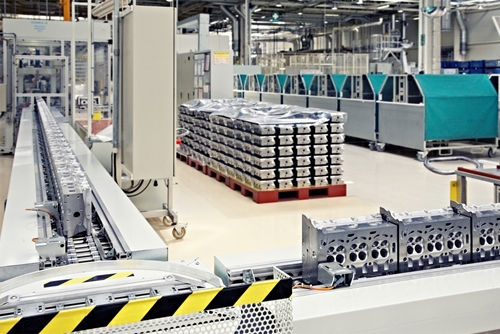The threat of manual processes
Retail is a fast-moving industry, where merchants mired by red-tape and slow processes quickly fall by the wayside. Retailers are automating a variety of functions to help them stay competitive, from inventory and order processing to accounting and financial processes. Operating an automated store is no longer the impossibility that it was a few years ago.
Still, despite the advances in technology and shifting retail landscape, a significant portion of retailers continue to rely on manual or semi-manual processes for supply-related tasks. This isn’t because they don’t see the value in retail automation, rather they are just ill-informed or misadvised – they either don’t realize the advantages that automation brings to the table, or they don’t feel that manual processes are a hindrance.
Adjusting to the consumer-focused marketplace
Surprisingly, the shift from manual processes to automated ones is not primarily driven by advances in technology, although new eCommerce software and hardware do play a pivotal role in the revolution. Rather, it’s the change in the retail marketplace as a whole.
As a recent whitepaper from SAS suggests, the mobile movement has shifted the dynamic of power between shoppers and customers. Before every customer was armed with a smartphone, retailers could control the shopping experience. They decided when sales would occur, they managed shelf placement and were in charge of supply management and fulfillment.
However, with smartphones giving consumers greater flexibility when it comes to when and where they shop, consumer demands are now driving the retail landscape. According to separate data from RSR Research, one of the biggest challenges merchants are currently facing is dealing with consumer demands for the lowest prices and having a supply chain that can keep up with retail operations.
Retailers will struggle in this consumer-centric climate if they continue to operate as if they control the shopping experience. If merchants are too busy trying to negotiate deals with suppliers and plan promotions, they lose the ability to react to shifting shopper demands. Automation software enables retailers to streamline a number of fulfillment and order management tasks, helping them better respond to their customers.
The role of data with order management
Another reason automation has become so pivotal is because of the additional information and data that merchants can glean from modern eCommerce software. In the past, data wasn’t easy to access. Reports on customer trends and purchases would take weeks or even months to create, and weren’t really useful for determining immediate needs, but long-term patterns and purchases.
However, advances in technology enable merchants to track sales and orders in real-time, which makes it much easier to create relevant reports on the fly and truly understand customer demands. In this environment, manual processes only serve to slow fulfillment down. Rather than having managers and executives manually analyze these reports and put in orders for new items, automation software can be used to quickly refill inventory. This ensures that products are never out-of-stock, particularly in times of unforeseen demand.
“Promotions, events, seasonality, price changes, economic conditions, fashion and cultural trends are just a few of the factors within and outside of your control that contribute to sales and demand,” a whitepaper from Integrated Solutions of Retailers adds. “To understand not just the trend, but also the all-important why behind the trend, intellectual capital can’t be left to the minds, spreadsheets, and intuition of you and your planners.”
Automation can help a number of retail-related functions, but order management is perhaps the most prominent. Merchants should explore all available options to improve their competitiveness.

